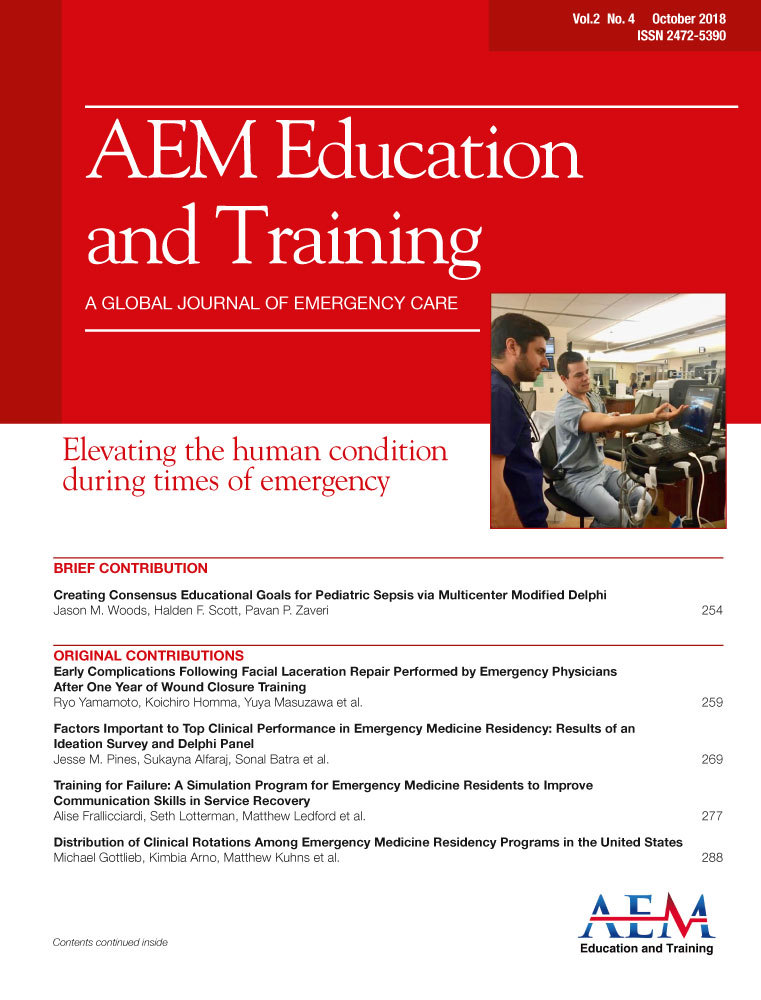In Reply:
We thank the authors for their thoughtful letter expressing their concern that mixed-methods research was not specifically addressed in our recent article, “Taking Your Qualitative Research to the Next Level: A Guide for the Medical Educator.”1 We would like to clarify that the aim of this paper was to explore applications and methods for qualitative research, but we neither promote nor perceive one particular research style to be superior. Rather, we support that the decision to use quantitative, qualitative, or a mix of both methods should be driven by the research question, aim, or hypothesis. Although we did not explicitly acknowledge mixed-methods in this article, we would encourage researchers to consider this strategy while designing their projects. Scholars in various disciplines have recognized the utility of mixed-methods research since the early 1990s,2 and in 2007, Greene defined the terminology with a focus on including multiple ways of making sense of what is important.3 We approached our paper with the understanding that most medical education researchers have had some exposure to statistical analysis and quantitative methodology and are familiar with applying these techniques. Quantitative research dominates the academic literature in the sciences. We believe that the underrepresentation of qualitative studies is reflective of a lack of familiarity with the unique benefits of a qualitative approach and may hinder our field from exploring little-understood phenomena and gleaning insights from lived experiences. Our intent is to encourage and inspire readers to consider diverse research methods to enhance their research agendas and design rigorous studies that have the best potential to advance the science relevant to the academic emergency medicine community. We hope that our work may be of use to researchers aiming to expand their application of qualitative methods, both as stand-alone designs as well as in mixed methods studies.




